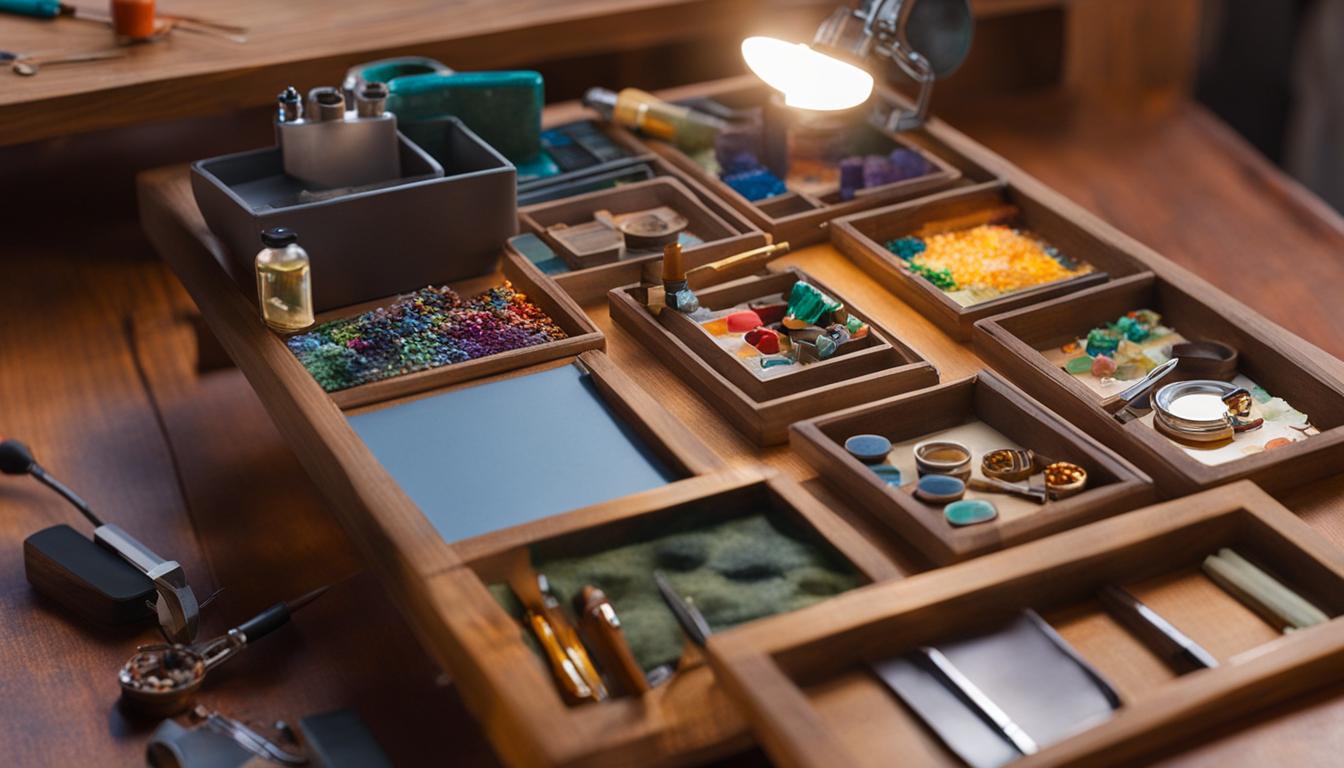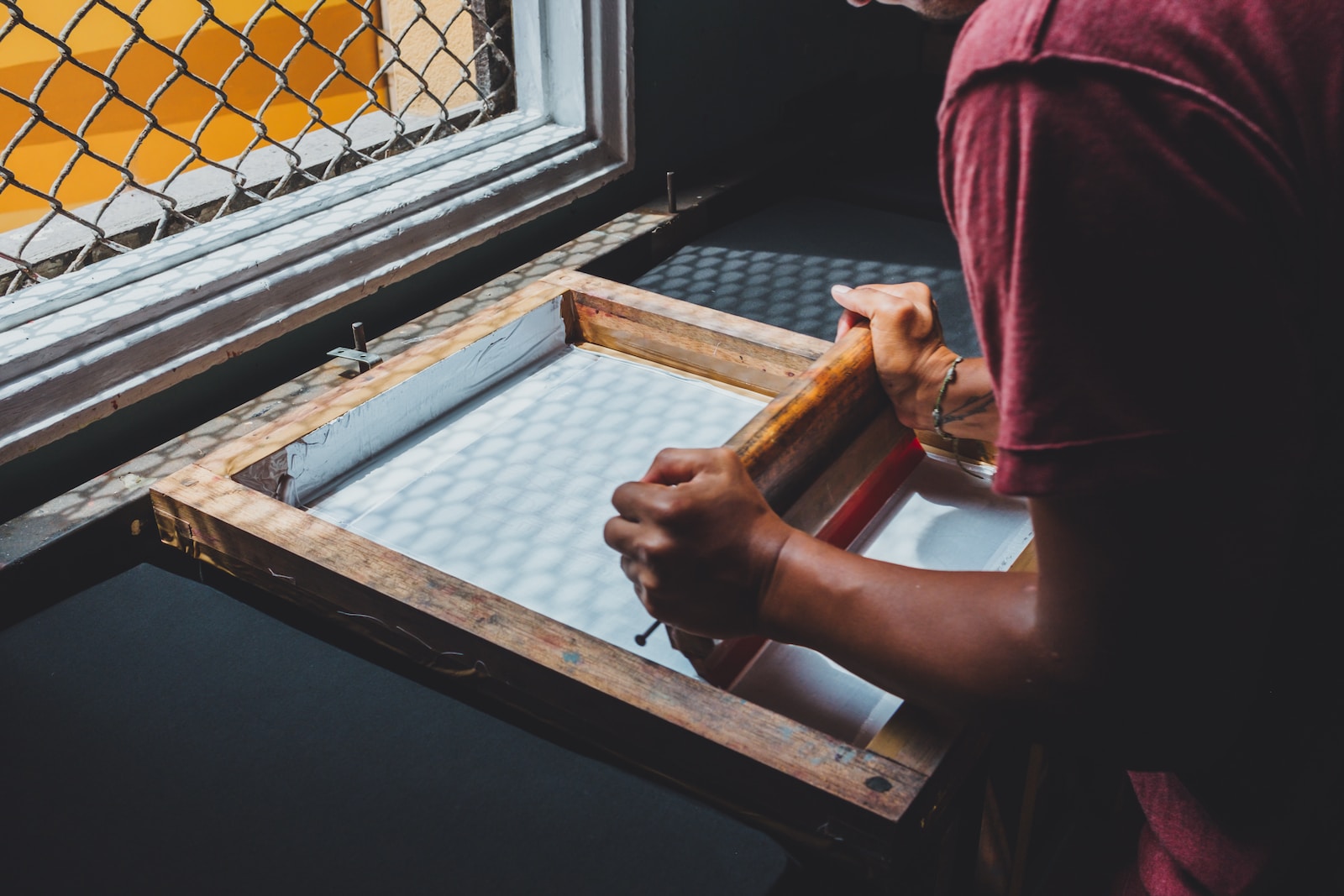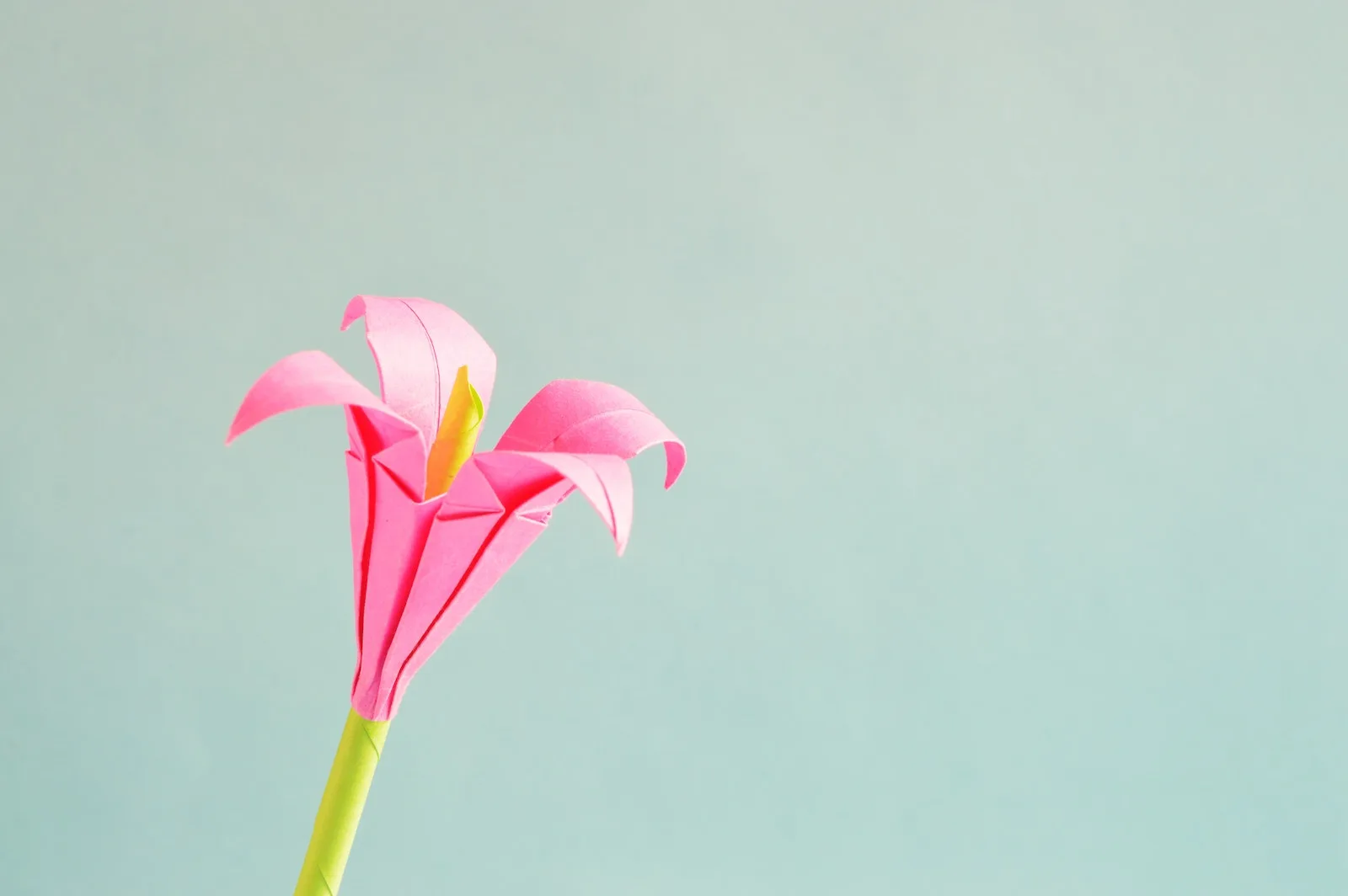Crumbs to Creations: An Overview of Cake and Cookie Decorating
The art of decorating baked goods is an ancient tradition that has evolved over centuries, from the simplest dusting of sugar to the complex, sculpted masterpieces we see today. Cake decorating is often seen as a grand showcase, a stage where creativity knows no bounds – where icing transforms into delicate flowers, marzipan morphs into intricate figures, and edible glitter dusts landscapes in twinkling splendor.
On the other hand, cookie decorating treads on more delicate grounds with its smaller canvas. It demands precision and attention to detail – each cookie a miniature work of art bearing intricate designs painstakingly crafted with slender lines of royal icing.
Two Sides of the Same Dough: The Importance of Understanding the Differences
At a cursory glance, cake and cookie decorating might appear similar – both involve icing, color schemes, themes and above all – creativity. Yet for anyone who has ever held a piping bag or rolled out fondant knows that they are worlds apart in execution. The difference lies not just in scale but also complexity – while cake decoration often involves larger motifs and broader strokes, cookie decoration requires an artisan’s precision.
To compare them would be akin to comparing landscape painting with miniature portraiture. Understanding these differences is crucial for anyone wishing to navigate these culinary arts successfully.
Whether you are an enthusiastic home baker or an aspiring pastry chef; knowing what tools to use, techniques to apply or simply how to approach each task can make all the difference between creating an edible work of art or ending up with a baking disaster. Furthermore this knowledge will help you appreciate the skill involved in both disciplines; realizing that while they share common roots they have evolved their own unique identities which deserve individual recognition.
Unraveling the Sweet History: The Origins and Evolution of Cake Decorating
The genesis of cake decorating can be traced back to the mid-17th century. Before this period, cakes were often baked at home and adorned with simple garnishes like sugar or nuts.
The only people capable of making more elaborate designs were members of the European royal courts, whose pâtissiers had mastered the art of sugar sculpture. These early forms of cake decoration such as marzipan modeling and intricate gum paste flowers often symbolized opulence and status.
As we advanced into the 19th century, baking supplies became more accessible to general masses and cake decorating gradually emerged as a popular household art. A seminal contribution during this period was by a British confectioner called John Mollard who published “The Art Of Confectionary”.
This pioneering work detailed several techniques of cake decoration such as icing recipes, colorings, molds for sugar crafting which substantially expanded the creative horizons for bakers. The evolution into modern techniques has been exponential due in large part to technological advancements.
From airbrush machines for perfect gradients to silicone molds for precision design replication, tools have become sophisticated while reducing manual effort. Edible printers have revolutionized personalization aspect in cake decoration rendering photo-realistic images on cakes possible.
Sweet Symbols: The Beginnings and Progression Of Cookie Decorating
Cookie decorating boasts an equally rich history rooted in various cultures across the globe. For instance, gingerbread cookies decorated with royal icing were popular among wealthy Europeans in the Middle Ages while Chinese mooncake decorations conveyed salutations or familial insignia during their traditional Mid-Autumn Festival.
The beginnings could also arguably be traced back to times when Egyptian bakers used ornamental stamps on their breads which could be seen as precursors to today’s cookie cutters – an essential tool in cookie decoration. Dutch settlers later brought these ideas with them to America where it quickly gained traction given its suitability for festive occasions due to its versatility and portability.
In terms of progression towards contemporary methods, one cannot overlook one particular innovation – modern food coloring which brought a vibrancy previously unseen in cookie decorations. It opened up endless possibilities allowing decorators not only varied hues but also different textures through variations like liquid-based colorings or gel-based ones that hold shape better when piped onto cookies.
The Art of Cake Decorating: Tools and Techniques
Frosting the Way: Understanding Types of Icing
In cake decorating, icing is not merely a coating but the very fabric that shapes the character of a creation. Fondant, well-known for its smooth satin finish, renders an immaculate neatness which is ideal for wedding cakes or whimsical themes. It can be rolled out and draped over cakes, or sculpted into figurines and cake toppers.
Buttercream offers a more rustic appeal with its creamy texture and malleable nature; it is superb for piped decorations like rosettes, ruffles or borders. Royal icing, glossy when dried, works wonders for intricate piping work such as lace patterns or flowers.
Essential Aids: Importance of Various Tools
The tools used in cake decorating are as varied as they are numerous. Piping bags equipped with different nozzles enable us to pipe out varying designs – from simple dots and lines to elaborate rosettes and ruffles.
Spatulas assist in achieving an impeccably smooth surface on the cake before beginning any decoration. Turntables make it easier to evenly apply icing all around the cake while bench scrapers help achieve sharp edges.
Intricate Mastery: Sugar Flowers, Fondant Figures, Airbrushing
Some techniques showcase artistry at its finest. Crafting sugar flowers involves shaping petals out of gum paste then assembling them into breathtakingly lifelike blooms.
Fondant figures require both skillful hands and a vivid imagination to create edible representations of various forms – from cartoon characters to realistic faces. Airbrushing uses specialized equipment to spray edible paint onto cakes creating gradients or stencil designs – adding depth and dimension.
Craftsmanship in Cookie Decorating: Tools & Techniques
Royal Icing Reigns Supreme: Significance in Cookie Decoration
In cookie decorating too, icing takes center stage – specifically royal icing due to its versatility and hard-drying nature that provides a perfect canvas for further embellishment on cookies.
Unique Accoutrements: Cookie Cutters & Edible Markers
Cookie decoration employs some specific tools like cookie cutters which determine shapes ranging from simple circles to detailed silhouettes enabling themed decorations like holiday cookies or birthday favors. Edible markers filled with food coloring are used for detailing work directly on hardened royal icing surfaces adding layers of complexity.
Mastery Underflow : Flooding Technique , Wet-on-Wet , Marbling
Unique techniques provide distinction in this art form . Flooding involves outlining the border of a cookie with thicker consistency royal icing then “flooding” it with thinner consistency icing resulting in a perfectly flat , glossy surface .
The wet-on-wet technique allows decorators to create multidimensional patterns by adding drops or lines of colored icings onto freshly flooded cookies before they dry . Marbling effect can be achieved by swirling together different colors while the icing is still wet .
Creativity and Design Principles: An Ode to Confectionary Artistry
The Balance of Beauty: Symmetry in Cake Design
In the realm of cake decorating, balance and symmetry are vital elements that contribute significantly to the overall aesthetic. This principle permeates every aspect, from the alignment of tiers to the distribution of decorations. A well-balanced design creates harmony and provides a soothing visual experience to the observer.
The key is achieving an equilibrium, where each element complements rather than competes with others. Interestingly, this high regard for symmetry harks back to our innate human preference for balanced designs, perceived as more beautiful and orderly.
Color Theory in Confections: Creating Visually Appealing Cakes
Color plays a quintessential role in cake decorating. It goes beyond simply making a cake pretty; it’s a powerful tool that can evoke emotions and even influence taste perception. Utilizing color theory can help in creating visually appealing cakes that resonate with recipients on a deeper level.
Monochromatic palettes can exude elegance; complementary colors spark contrast; analogous colors work harmoniously together providing subtler variations. By mastering color theory, one can turn their cakes into edible masterpieces reflecting nuanced narratives.
Storytelling through Tiers: Role of Themes in Cake Design
Theme-based designs add another layer of complexity and intrigue to cake decoration. These designs narrate stories or depict specific ideas—contributing not only to visual appeal but also adding personalized touch catering directly to celebratory events or individual preferences. While creativity is boundless when conceptualizing themes—from wild junglescapes for children’s birthdays to elegant floral motifs for weddings—it’s paramount that every decorative detail aligns cohesively with the chosen theme.
The Cookie Canvas: Size and Shape Consistency
Unlike cakes where asymmetry might be utilized purposefully as an artistic element, size and shape consistency are crucial when it comes to cookie decoration. Uniformity creates an aesthetically pleasing arrangement perfect for display or gifting purposes alike, without any cookie overshadowing another due its disproportionate size or ill-formed shape. The precision required caters towards achieving perfection—an art form where attention-to-detail is paramount.
A Palette Full Of Flavors: Color Utilization In Cookie Decorating
Color utilization significantly impacts cookie decorating as well—it brings life into simple dough shapes transforming them into vibrant treats enticing people not just by taste but by sight too! Color contrasts can highlight intricate details while softer hues bring about a delicacy apt for elegant gatherings or pastel-themed parties.
Tiny Treats with Big Stories: Theme-Based Designs For Cookies
Much like its larger counterpart—the cake—cookies too benefit greatly from theme-based designs which make these bite-sized beauties alluring works of edible art! From season-inspired themes such as Autumn leaves or Christmas snowflakes, character-shaped cookies beloved by kids, delicate floral patterns perfect for tea parties—the possibilities are endless when skillful hands meet imaginative minds.
Types Of Decorations For Different Occasions
Often, the nature of the occasion compels specific themes and styles in cake and cookie decorations. Translating various thematic elements into edible art forms necessitates a delicate blend of creativity, craftsmanship, and astute understanding of the event’s essence.
Cake Decorations for Various Events
The panorama of events where cakes become an emblematic centerpiece is vast. From celebratory birthdays to grand weddings, every occasion commands a unique style. Birthday cakes often indulge in fashionable themes ranging from superheroes to fairy castles, whereas corporate event cakes lean towards minimalistic sophistication, with logos or messages incorporated elegantly.
Wedding Cakes: Traditional vs Modern Designs
The wedding cake stands as an epitome of both tradition and personal expression. Traditional designs are an embodiment of elegance and sophistication with their ornate icing patterns, cascading sugar flowers, multi-tiered spectacle and classic color palette comprising whites, golds or silvers. Meanwhile, modern wedding cakes showcase contemporary aesthetics offering freshness in design with avant-garde geometric shapes, watercolor effects on fondant, unconventional cake structures like deconstructed layers or hanging upside-down installations – even bolder color palettes transcending the accustomed.
Conclusion
Transcending beyond mere gustatory delights into avenues for artistic expressions – both cake decorating and cookie decorating bear diverse narratives filled with historical richness to contemporary innovation. Each possesses its own charm bound by different techniques that define them uniquely yet bind them together through shared creativity and passion for confectionery artistry. As we venture further into this delicious realm of edible artistry in future times – be it as creators or connoisseurs – may we embrace both traditional norms and modern interpretations with joyous fervor because after all – every crumb tells a story!
 Skip to main content
Skip to main content


